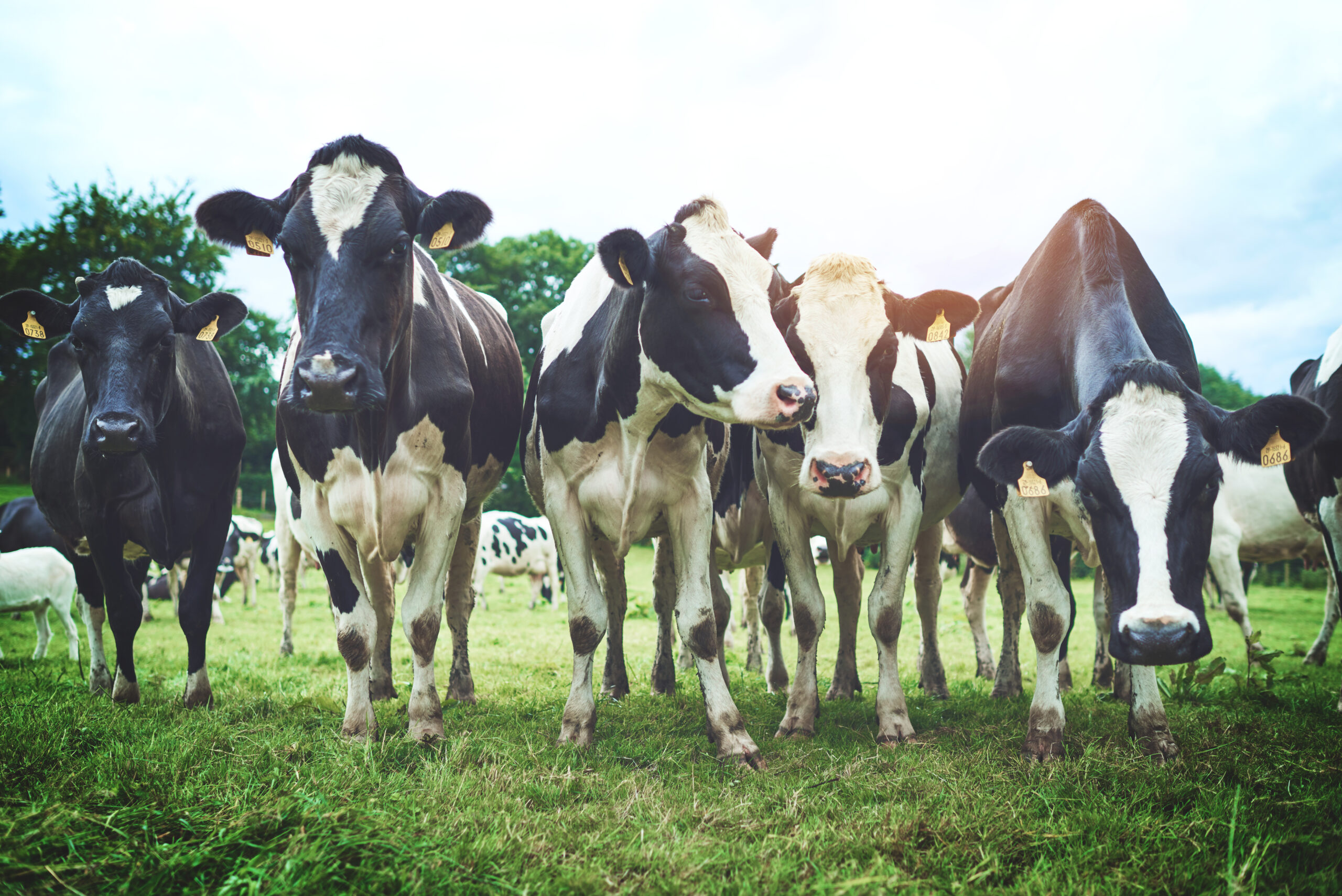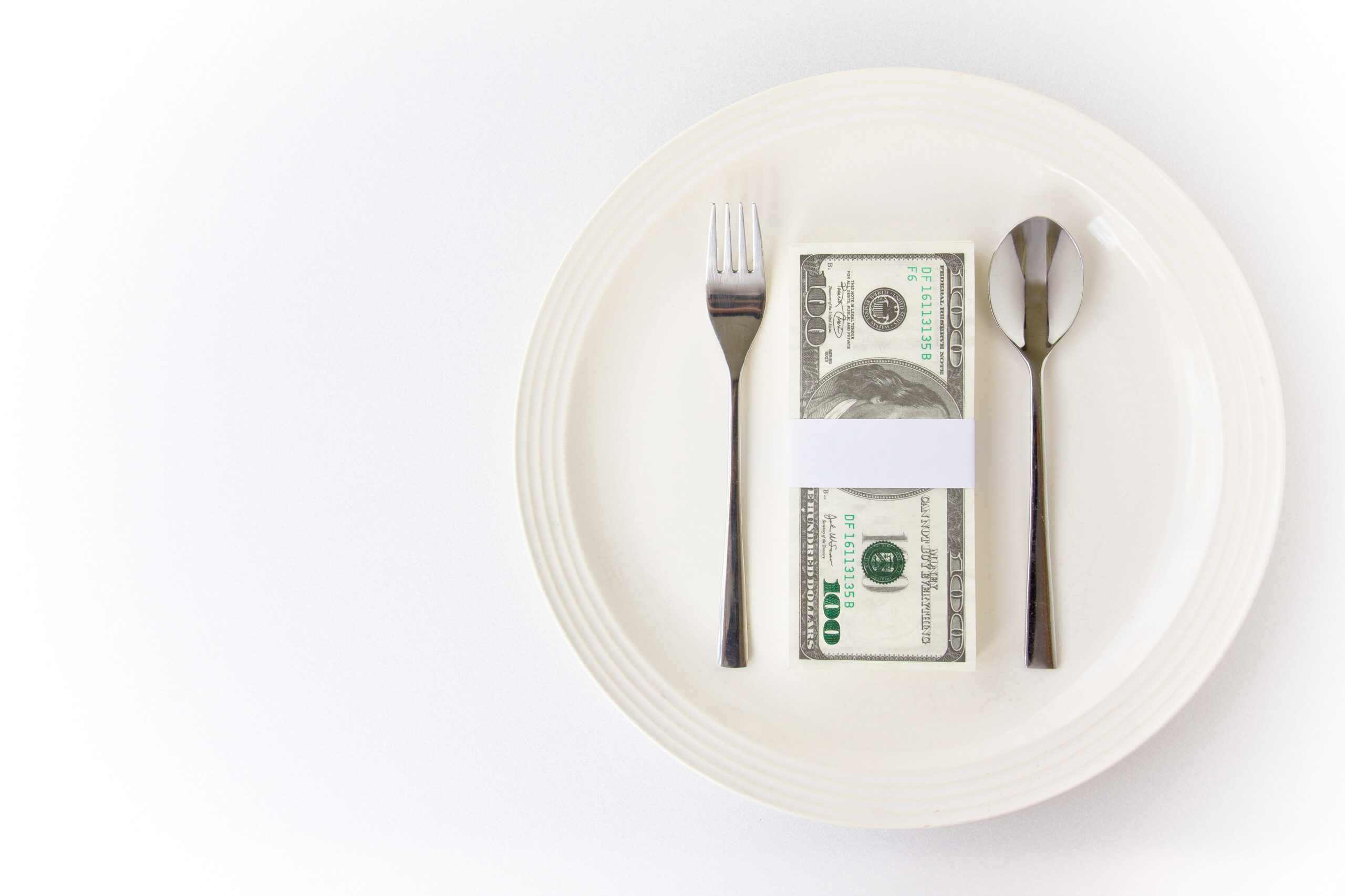GEN Z Water is a new water bottle company that appeals to a younger consumer market by providing them with an entirely colorful, recyclable and reusable bottle at a low cost.
The brand is named after Generation Z, which includes anyone born between 1995 and 2015. GEN Z Water uses colors, designs and materials that stand out from a sea of blue water bottles in grocery store refrigerated sections. The brand hopes that the animal-inspired characters and fantasy settings will start conversations around the water cooler as consumers refill their bottles.
Xtalks spoke with the CEO of GEN Z Brands, Doug Batie, about what motivated him to enter such a dense and over-saturated market.
“While it may appear completely chaotic and haphazard, it really is intentional,” says Batie or his decision to found GEN Z Water. “It was driven by a lot of insights. And one thing that COVID really afforded me and the rest of my co-founding team was about six months of time to really just put our head down and research.”
The bottles are funky, creative, bold, and retro. This is meant to instigate conversations while also putting a smile on the consumer’s face while they contemplate the unexpected scenarios featured on the bottles.
“I promise you’re going to strike up a conversation with your schoolmates, your coworkers, your team,” adds Batie. “We’re excited that, hopefully, our brand can play a small part to bring those connections back and start the conversation again with those that you share life with. Have a sip of some ‘flavorless transparent liquid’ and get back out there.”
What Makes GEN Z Water Different from All the Rest?
Batie says that after studying over 100 bottled water brands on the market, they were able to identify how competitors found success in order to learn how to create a product that would disrupt this crowded category.
“With all that data done, we really embraced this mantra of ‘151,’” Batie continues. “The team and I identified that we’re going to be the one hundred and fifty-first company trying to sell a bottle of water. And if we’re going to be successful doing that, then we’re going to have to look and feel a lot different.”
The idea to target their bottled water brand specifically at Gen Zers came from the fact that they’re the first digital natives, says Batie. “This generation has been marketed to more than anyone else on the planet and they’re virtually born with a smartphone in their hand and Google at their fingertips. So, they’re naturally aware. We argue that they’re already being marketed to. So, we thought, why not just be crazy enough to come out and call it like it is and say, ‘We want you to buy it,'” he explains.
For a brand that labels itself as selling “flavorless transparent liquid,” you’d have to wonder what their marketing strategy is.
“What the data really showed us and what we’ve learned through our interactions is there are some significant distinctions between the generations. [Gen Zers] call on companies to be authentic and transparent and then they hold them accountable,” says Batie.
GEN Z Brands, the company behind the bottled water, hopes to be transparent, authentic and accountable, which — they hope — will be why this generation will reward the brand.
Additionally, the water bottle is covered in “the world’s chaos” by showcasing colorful designs of nature, but with a twist. For example, their bottles include fantastical-looking landscapes featuring penguins talking about space, a seal vomiting water, a romantic primate enjoying music, and more animal characters.
“As far as the animals themselves and how we’re developing their personalities, I think that’s going to be part of the ride that’s going to be so fun because we’re allowing some of our consumers to help shape them and answer questions such as, ‘What are their names? What’s their personality? What’s their accent like?’ So we’re having a lot of fun engaging our consumers early on via the personalities of our animals, or our critters as we still lovingly call them,” Batie adds.
 GEN Z Water’s website is another to the brand’s quirky nature which reminds the user of days where the internet was not as technologically advanced as it is today, which creates a sense of nostalgia and caters to the generation’s humor. Captions such as “for people who never owned a flip phone” or “welcome the internet” are stated on their website.
GEN Z Water’s website is another to the brand’s quirky nature which reminds the user of days where the internet was not as technologically advanced as it is today, which creates a sense of nostalgia and caters to the generation’s humor. Captions such as “for people who never owned a flip phone” or “welcome the internet” are stated on their website.
Interestingly, while the website’s design could be mistaken as a joke or scam, Batie says it’s a risk they were willing to take. They wanted to make a website that resonated with the brand by delving into those older and funky effects that made the website engaging and interactive.
Batie recounts how one of his wife’s friends reacted when she saw the website: “She said, ‘Hey, I think Doug’s account got hacked because I went to this website and it just didn’t make any sense.’ And I’m like, ‘Yeah, I love it.'”
After conducting some focus group studies, the company has found that GEN Z Water has received great feedback from all generations. “Gen Zers that we get to connect with say, ‘Wow, someone kind of gets us,’” says Batie.
Reactions from other generations range from wondering if the water is the “fountain of youth” (millennials) to questioning whether they can drink the water if they ever owned a flip phone (Gen Xers). The answers to these questions are no and yes, respectively.
According to Batie, members of the baby boomer generation — those over the age of 57 — react to the GEN Z Water by saying, “This is hilarious. I can’t wait to buy this and drink this in front of my grandkids.”
“It’s fun how, honestly, all generations can get the joke. It’s more of a move for us to include everybody in on the joke and enjoy it. And at the end of the day, we’re just trying to live out our purpose, which is nothing but a smile,” Batie explains excitingly.
While the brand’s image is built on nostalgia, it’s also making a real change in the bottled water industry by creating a plastic-free and better-for-the future product that reduces pollution.
Related: Coffee Creamers Are Bringing Back the Stone Age with Their New Flintstones-Inspired Flavors
The bottle is made from aluminum because it’s a fully recyclable material that can be used infinitely without losing its quality. The GEN Z Water bottles are meant to be resealed, refilled and reused. However, the bottle can also be recycled and re-purchased at a low cost. GEN Z Water costs $5 on their website and is available at select retail stores.
The reason for a low-cost reusable bottle is to cater to Gen Zers. Batie says, “When we were kind of pitching this idea to some of my son’s friends, one of them said, ‘I get it. I get what you’re trying to do. It’s like my daily Hydro Flask, except if I lose it, my mom won’t chew my ear out for 30 minutes because I just blew 50 bucks.’”
Gen Zers Value Sustainable Food Packaging
GEN Z Water’s sustainable packaging design fits with the research on what younger consumer demographics look for when making a purchase. According to a recent study conducted by researchers at Hiroshima University, millennials and Generation Zers think more sustainably and make their purchasing decisions with this in mind.
The survey included over 12,000 respondents allowing the research team to compare consumer behavior between the generations.
“In this study, we provide novel evidence that the younger generation preferred a sustainable lifestyle than the older generation. And younger people are willing to dispense income to work for [sustainable development goals]-minded companies,” said Tomomi Yamane, a researcher with the Network for Education and Research on Peace and Sustainability (NERPS) at Hiroshima University.
The research showed that in 2030, the younger generation will be the ones to make an impact and make genuine efforts to creating a more sustainable future. The study also shows that individuals between the ages of 18 and 30 are more likely to value and spend more on sustainable products.
Therefore, to succeed as a company or corporation, sustainable development goals should be in place to attract the younger generations, who will be the primary target consumer in years to come. This is a sentiment Batie and his co-founders have taken to heart.
“It feels like in the water world, everyone is trying to spend tons of money convincing them that they’ve got the best-tasting water. And we’re proudly acknowledging that we’ve got great-tasting, flavorless, transparent liquid that anybody would be happy to drink. But it tastes fairly similar to everybody else’s water,” Batie concludes.
Disclosure: A free sample of the product mentioned in this article was provided to Xtalks by the company for the purpose of reporting on it. However, this article is not a review, nor is the content promotional in nature.












Join or login to leave a comment
JOIN LOGIN